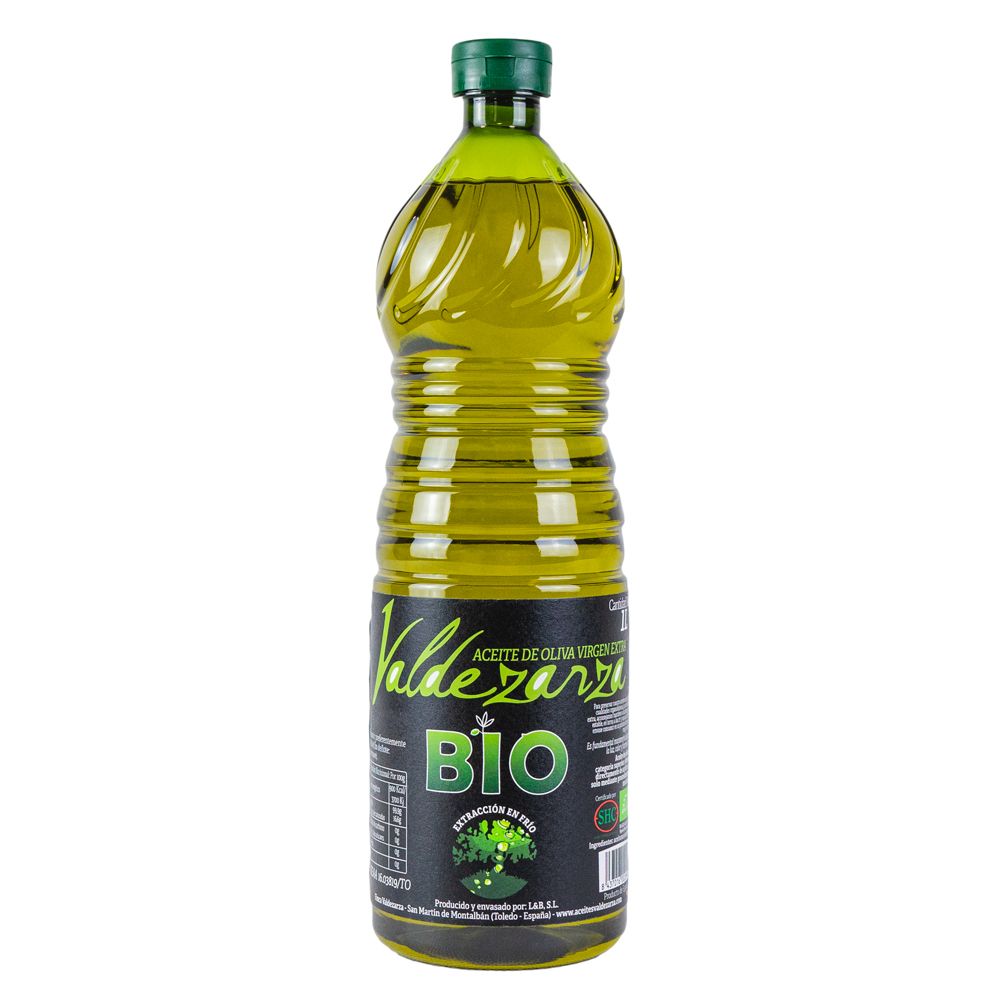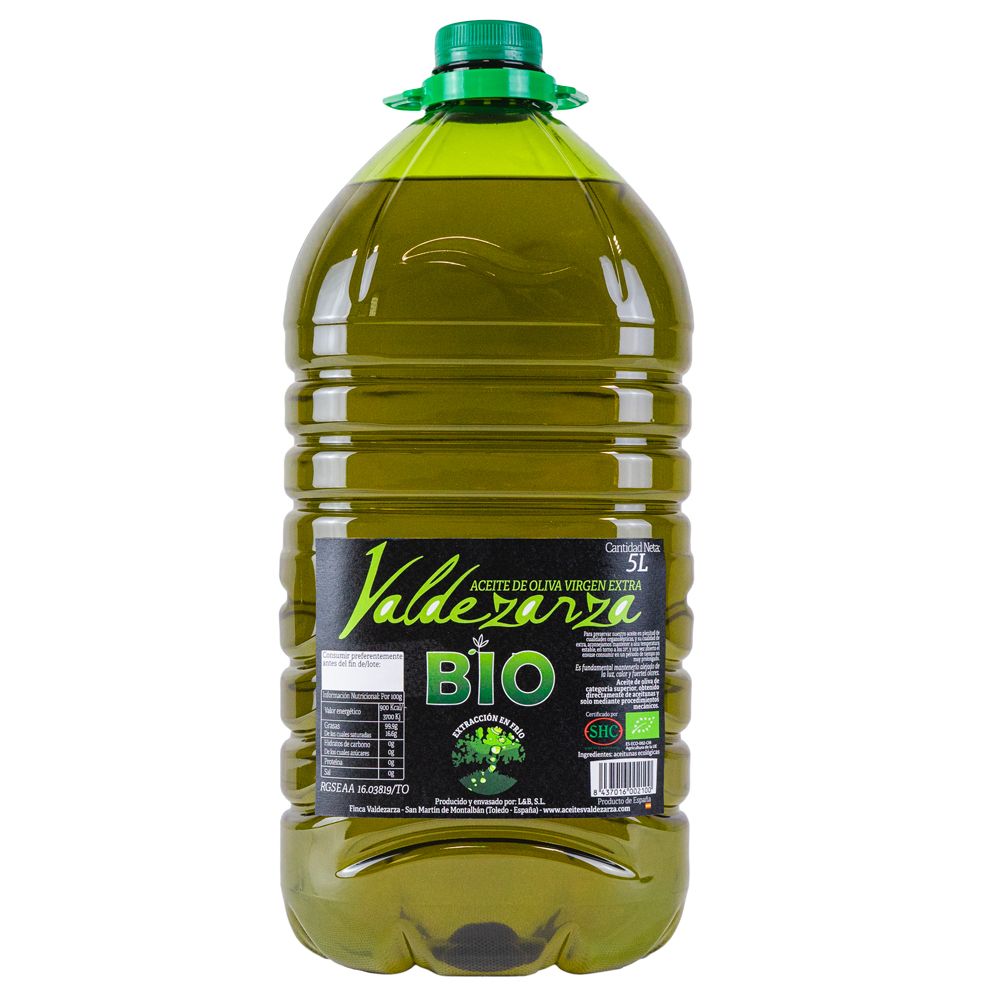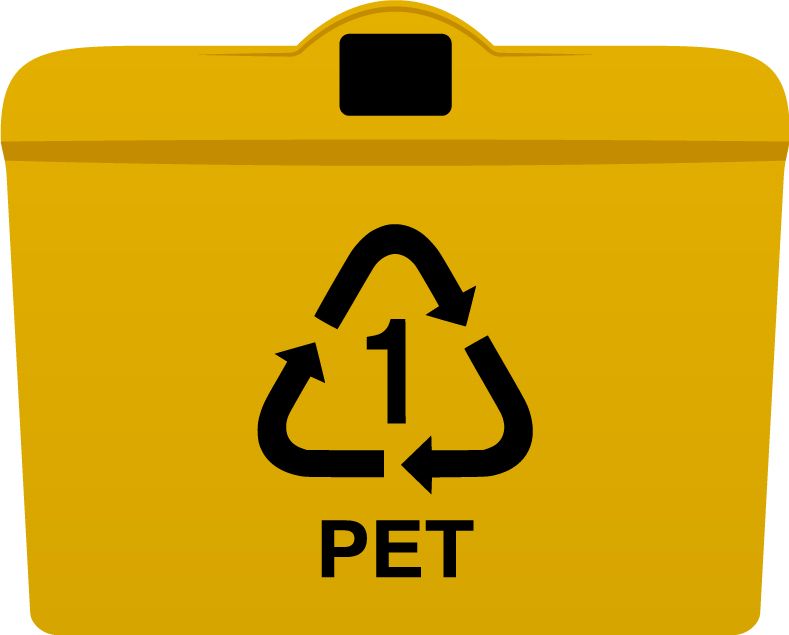There’s a growing conciousness about ecology and sustainability. The food and beverage field is one of the most submitted to study, and for good reasons. According to this article, based on a study by Greenpeace, the biggest producers of plastic waste are big companies such as Coca-Cola and PepsiCo. A lot of companies have already commited to producing more recyclable, resusable, compostable and biodegradable packaging.
The scrutiny that these big corporations are submitted to, and the public’s interest in general to drastically reduce this kind of environmental polluting, sometimes causes confussion about some materials that are far more ecological than we would think. This is the case of PET, of which we are going to talk about today to answer the question: is PET packaging ecological?

Valdezarza is committed to the environment, and we show it in the production of our EVOO. Recently we have been certified as ECO (or BIO), and we have begun the production and sale of our BIO EVOO.
Amongst the formats of this product line, we find our 1L and 5L PET bottles.

But, can it really be considered this EVOO as ECO or BIO, if it has PET packaging?
Of course.
PET is a type of plastic that has a lot of applications: from food and beverage packaging, to its use in the textile industry.
Despite its critics often highlight that petrol is used in its making, and that it takes long to naturally degrade, PET has the great advantage of being 100% recyclable, opposite to other materials. The result of its recycling has a lot of applications. This makes PET an eco friendly material.
It needs a little help on our side, of course. When we throw away one of these packages, we must remember to do it in the corresponding container for it to be recycled. This way we will be playing our vital part in the recycling process, and we will contribute to give a second life to it.

How is PET compared to the other low polluting alternatives?
As said previously in this post, PET is 100% recyclable and is used again in several ways.
It is also very light, so its transport requires of much less energy than other packages.
Tetra brik packaging has the advantage of being very light, albeit not as much as PET. This implies a great energetic saving when it comes to its transport. On the other hand it has a big inconvenient, given that its recycling is really complex due to it being made of 3 materials: cardboard, polyethylene plastic and aluminum.
Besides that, as it is not monomaterial, its recycling requires of a specific process which as of today is not available in any treatment plant in Spain.
Glass packaging, despite of being biodegradable, require of a lot of energy to be made, even more than the one required to make aluminum. On top of this, the resulting material is a lot heavier, which makes its transport to require a lot more fuel. Both of the above imply much more emissions of CO2.
In a similar fashion, if we talk about returnable glass packaging, we find again the inconvinience of the double transport, the cost of its treatment, the glue of the lable not coming off entirely…
For all of these reasons, we can say PET is the champion of recycling.

Image from www.aguadelteleno.com blog.
If you want to keep receiving future posts similar to this, or all the news sourrounding us, you can follow us on our social media.